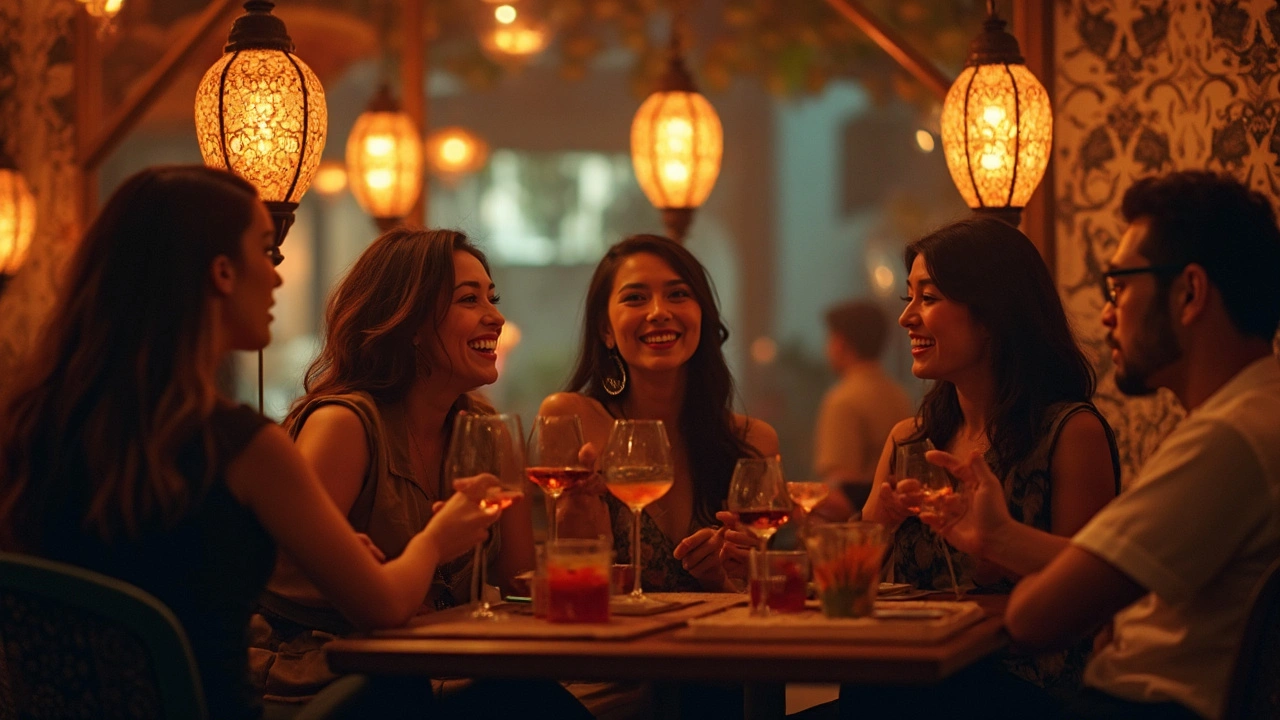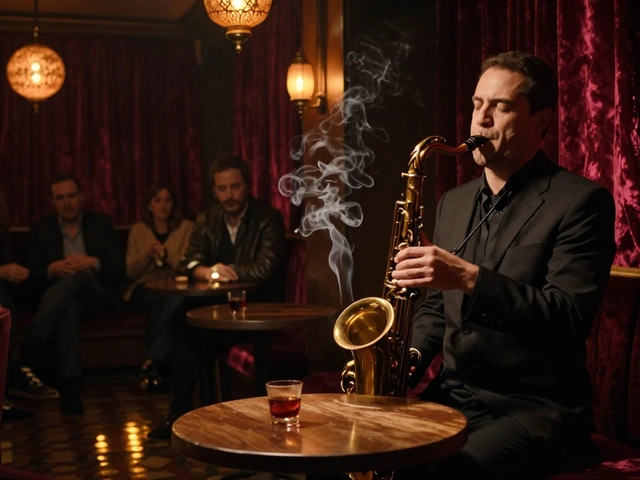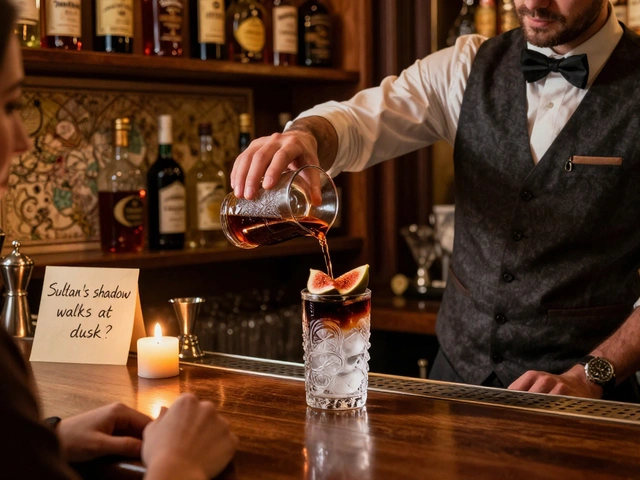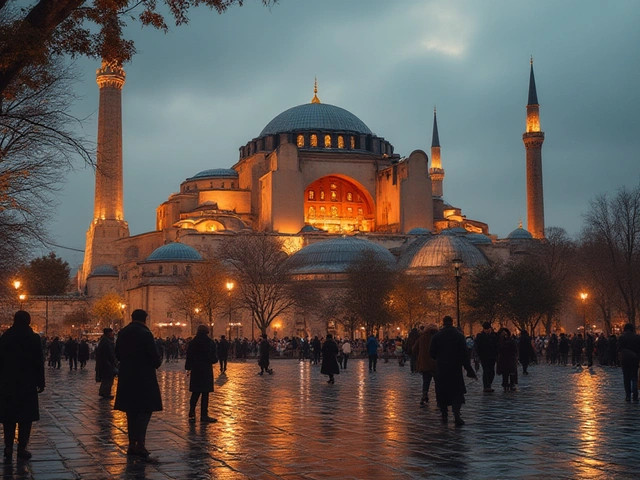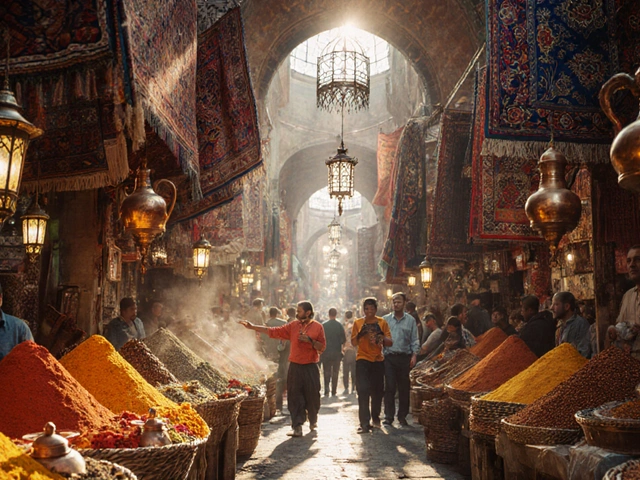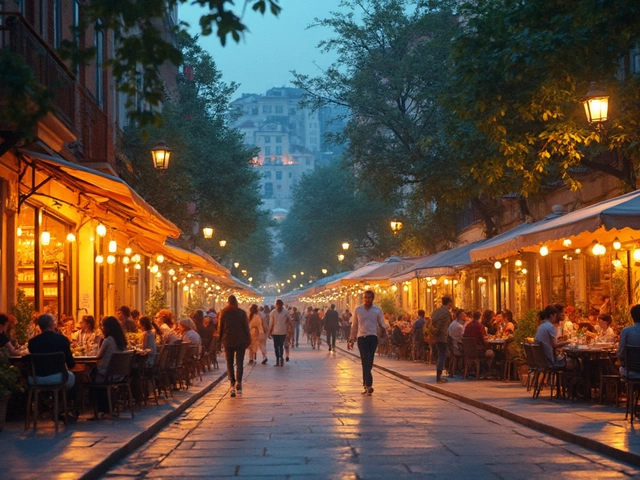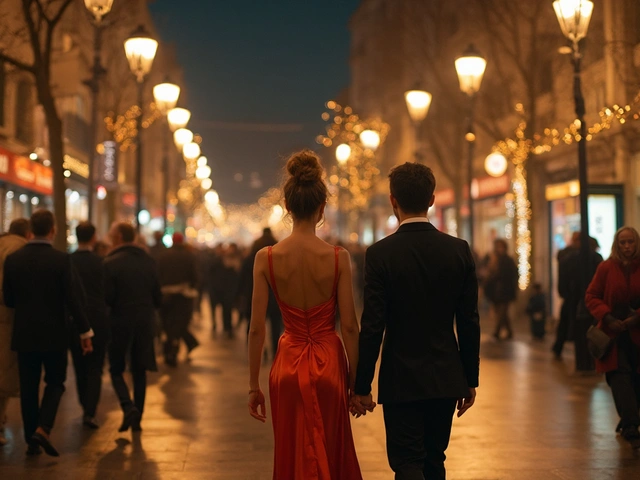Asian Culture in Istanbul: What to See, Eat, and Experience
If you think Istanbul is only about Ottoman mosques and Turkish coffee, think again. The city is a melting pot where Asian influences shine through neighborhoods, markets, and even the nightlife. Whether you’re a food lover, a music fan, or just curious about a different side of the city, there’s plenty to explore.
Asian Neighborhoods and Hidden Gems
Start your adventure in the Kadıköy district on the Asian side. Walk down Bağdat Avenue and you’ll find a mix of Korean BBQ joints, Japanese sushi bars, and Chinese dim sum places. The street markets here often sell Asian snacks you won’t see on the European side, like seaweed chips and mochi.
Next, head to the historic neighborhood of Üsküdar. While it’s famous for its waterfront views, it also hosts an annual Asian cultural fair where you can meet local Korean and Japanese community groups. They set up stalls with traditional crafts, calligraphy demos, and live performances.
Food, Music, and Nightlife
When hunger hits, skip the tourist traps and try a Korean bibimbap bowl at a family‑run spot near the ferry terminal. The broth‑rich ramen at a small Nara‑style shop is another must‑try – you’ll feel the steam hit your face before the first slurp.
Music lovers should check out the “East Beat” nights at popular bars in Kadıköy. These events blend Turkish rock with K‑pop covers and J‑rock riffs, creating a lively vibe that’s perfect for dancing. If you prefer a more relaxed setting, the rooftop lounge at a Japanese‑styled izakaya offers quiet views of the Bosphorus while you sip on sake or a Korean soju cocktail.
For a night out that mixes culture and fun, book a table at one of the Asian‑themed clubs on the Asian side. They often feature guest DJs from Seoul or Tokyo, and the décor includes neon signs and lanterns that give the place an authentic feel.
Don’t forget the festivals. The Seoul‑Istanbul Cultural Festival in September brings street food trucks, K‑drama screenings, and K‑pop flash mobs to the city center. Meanwhile, the Japanese Cherry Blossom Festival in May transforms parks like Fenerbahçe into pink‑covered wonderlands, perfect for a picnic and some photo ops.
Overall, exploring Asian culture in Istanbul is easy if you know where to look. Stick to the Asian side, follow the food smells, and keep an eye on local event listings. You’ll discover a side of the city that most tourists miss, and you’ll leave with new favorite spots and flavors to talk about back home.
